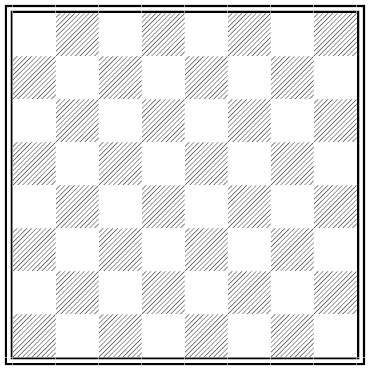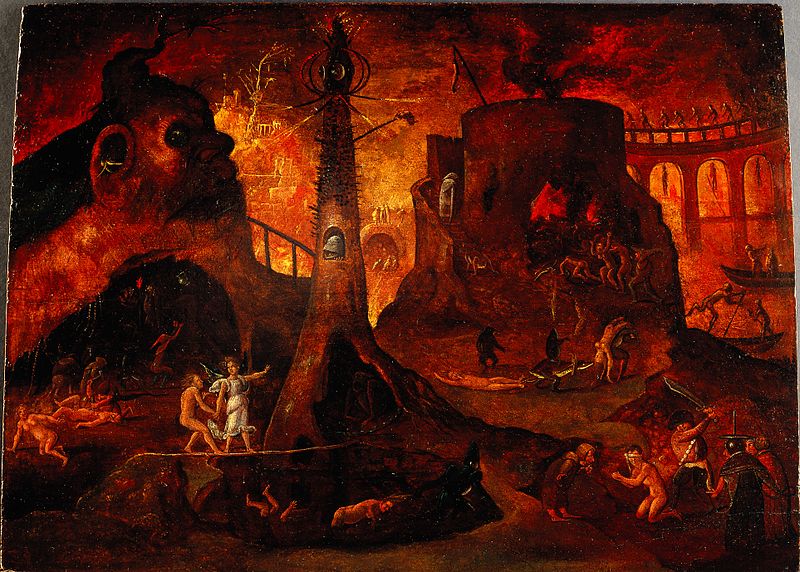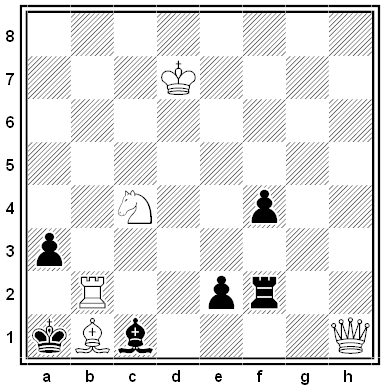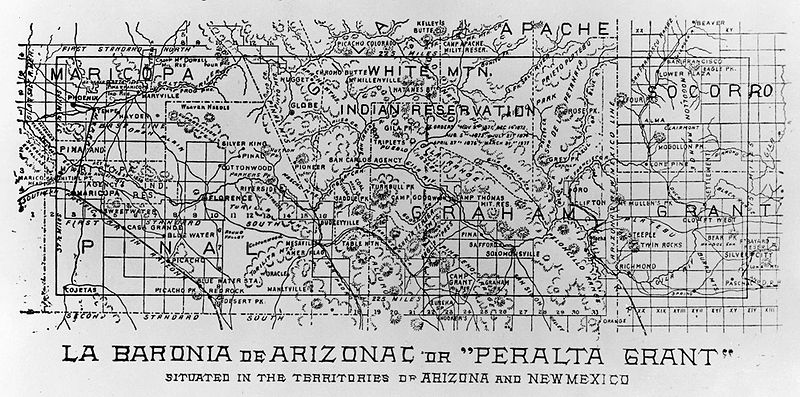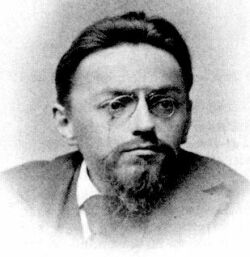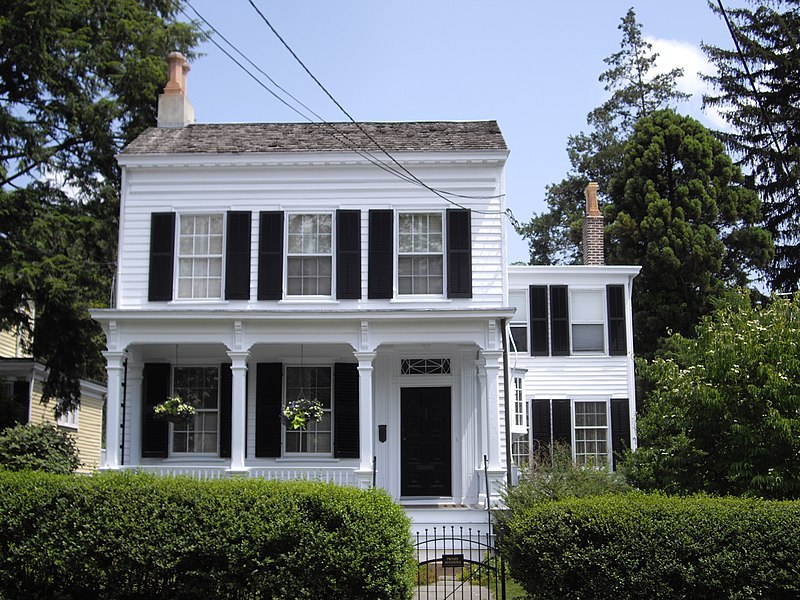In 1929, Indiana Bell bought the Central Union Telephone Company of Indianapolis. Central Union’s headquarters building at that time was more than 20 years old and inadequate to the new company’s needs, but rather than demolish it, architect Kurt Vonnegut Sr. (father of the novelist) proposed moving it out of the way.
Over the course of a month, the 10,000-ton building was shifted 52 feet south, rotated 90 degrees, then shifted another 100 feet west. Amazingly, this was all accomplished while the building was open and operating — customer telephone service was never interrupted, and the building’s gas, heat, electricity, and water operated continuously throughout the move.
A new headquarters was built on the old site, and the shifted building stood in its new position until 1963.

